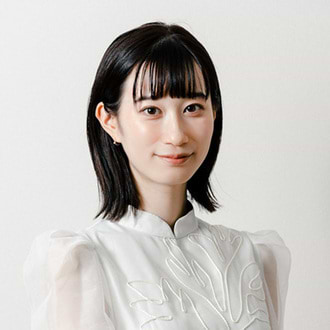
Kana Hanabusa
tricot, Inc.
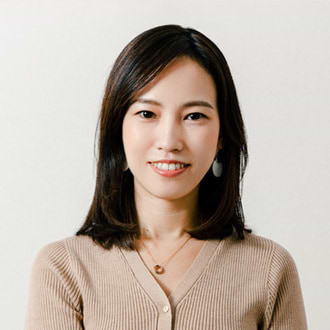
Yasuha Ogura
tricot, Inc.
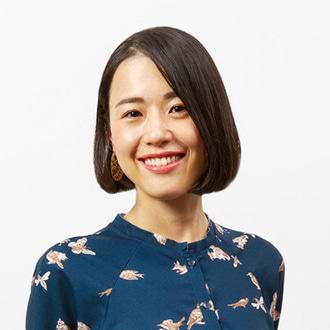
Aya Yagi
DENTSU INC.
Dentsu Inc.’s creative cross-sectional unit Future Creative Center (FCC), consisting of over 70 members, supports future development fields with its creativity beyond the scope of advertising. With “Future × Creativity” as a theme, this series features members’ discussions about future initiatives.
FUJIMI provides supplements and protein products personalized according to individual users’ attributes based on the results of online analyses. The brand is owned by tricot, a steadily-growing startup founded in 2018, which was acquired by POLA ORBIS HOLDINGS INC. in 2021.
They carried out their rebranding of FUJIMI in January 2023. In the rebranding project, the art director from Dentsu Inc.’s FCC joined the tricot project team to promote the rebranding under close cooperation with management. The wide-ranging activities of the team included determining the core values and worldview of the brand, formulating the brand guidelines, and planning new products.
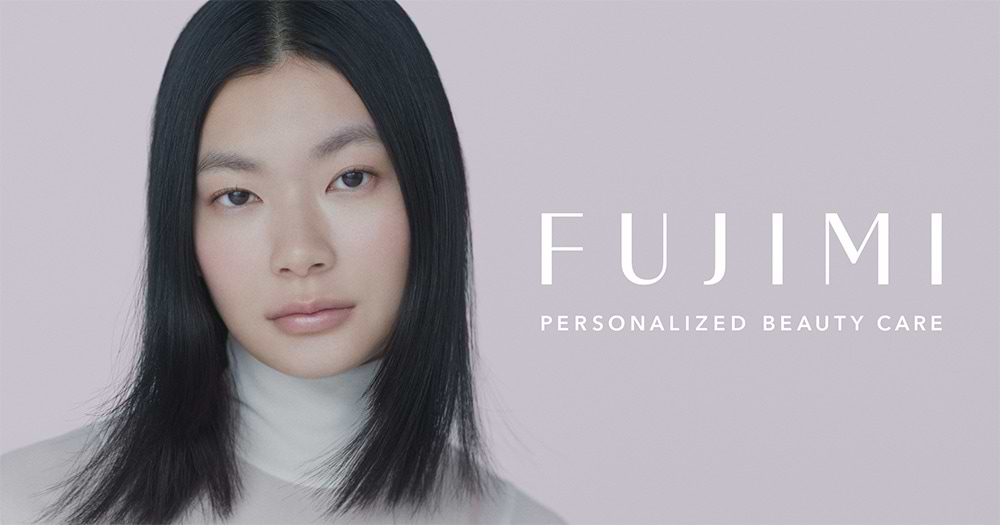
What was the rebranding process like? What were the results? Ms. Kana Hanabusa, co-founder and CEO of tricot, Inc., Yasuha Ogura, manager of the FUJIMI business, tricot, Inc., and Aya Yagi, the art director from Dentsu Inc.’s FCC, reflected on the project they implemented.

Behind the rebranding. Emphasizing the uniqueness of FUJIMI to spur further growth
Hanabusa: FUJIMI is the first brand tricot set up. FUJIMI was founded due to my desire to provide personalized supplements to each individual for their personal concerns, which formed when I was working in the cosmetics industry and suffering from skin problems.
Our services grew, and our business was expanded with more staff members being hired. I recognized the necessity of defining the brand concept and worldview for the sake of its further development.
Of course, we had our ideas about the brand’s concept and worldview as its founders. However, we lacked the visuals, language, and expressions for presenting them. This led to disagreements among the members.
Ogura: I joined tricot in 2021. Looking at products and design work done for FUJIMI, I found that despite the very high quality of the individual pieces of work created by the many in-house designers and engineers, they lacked consistency. I thought FUJIMI would grow further if they were able to express the uniqueness of the brand.
Hanabusa: At that time, I met Ms. Yagi via Twitter. Taking a liking to her designs, I felt there was a chemistry between us due to our ways of talking and word choices. So I offered her to join the rebranding project, asking her to join the project not as part of the Dentsu team, but as part of the tricot team.
In my opinion, you tend to lack agility if you ask a large external team for help with such a project. I wanted to define the worldview of the brand without taking too much time to deal with mediators while talking to Ms. Yagi.
Yagi: This was my first time experiencing such a project structure. I felt anxious at first because I had to handle a broad range of work from brand definition to planning, and even copywriting and design.
At that time, however, I started to think design should be used as a long-term corporate asset and brand instead of fragmentally for advertisements. So, I was looking for a new way of getting involved with client companies. Ms. Hanabusa’s offer matched my thinking about these challenges.
Formulating the core of the brand. Implementing the project while presenting options
Yagi: First, we defined the core of FUJIMI. Through discussions with management, including Ms. Hanabusa, I realized that the goal of FUJIMI was to become a brand capable of offering comprehensive personalization.
Further considering the strengths of FUJIMI, we discovered two important elements: Creatives and technology. Regarding the former, tricot has many in-house designers and engineers. As for the latter, they offer personalized supplements based on their unique analysis technology. So, we decided to develop FUJIMI as a “personalized beauty care brand” based on these strengths.
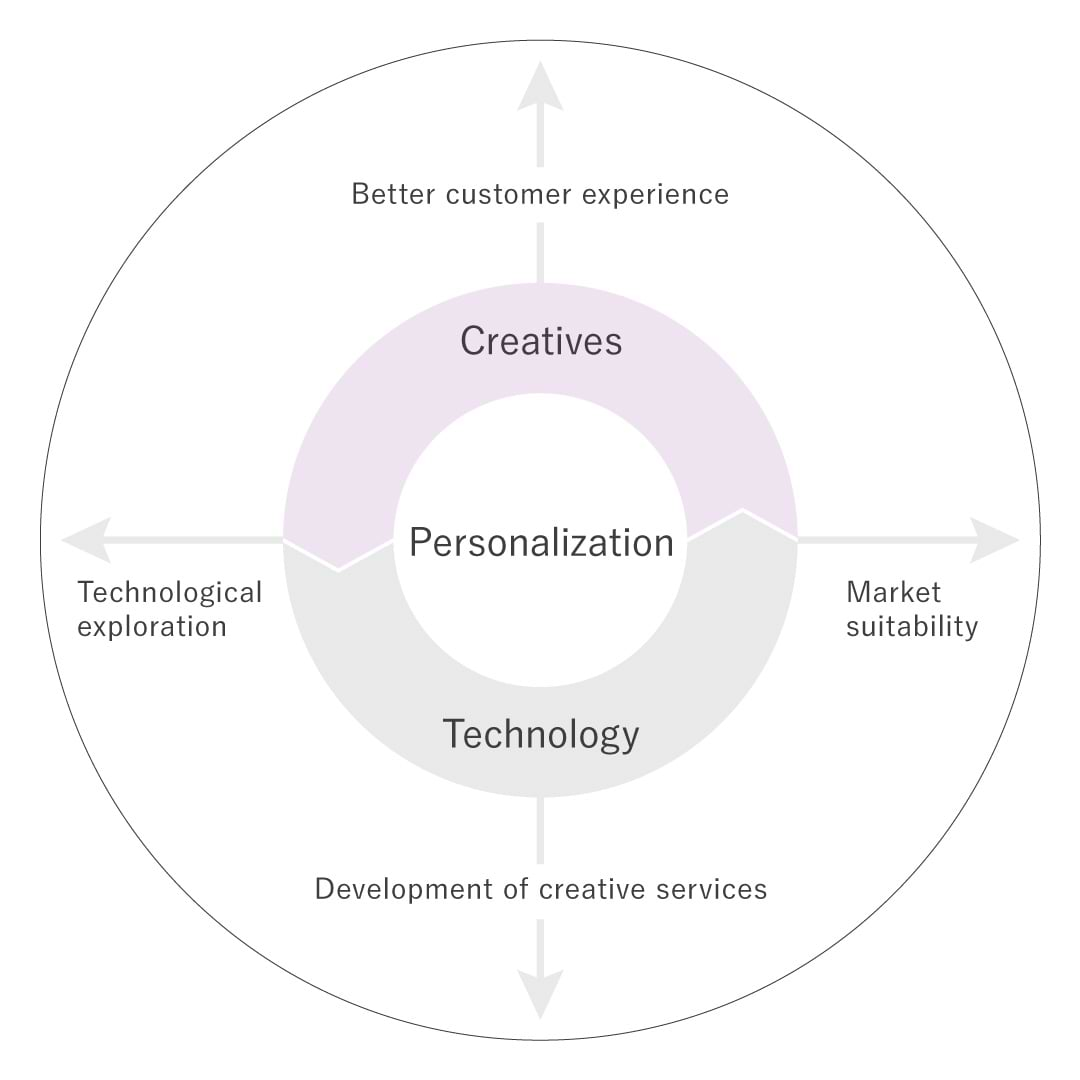
Hanabusa: The brand concept “Your Own Beauty” represents that. The phrase “FUJIMI is a personalized beauty care brand, providing individuality to the world rather than simply choices” implies the core and strength of the brand, going along with the concept.
We have updated the FUJIMI analysis for personalization to improve its precision and UI/UX. Seasonal lotions and emulsions created based on the personalization analysis will be sold starting on March 15 as the first such launch since the rebranding.
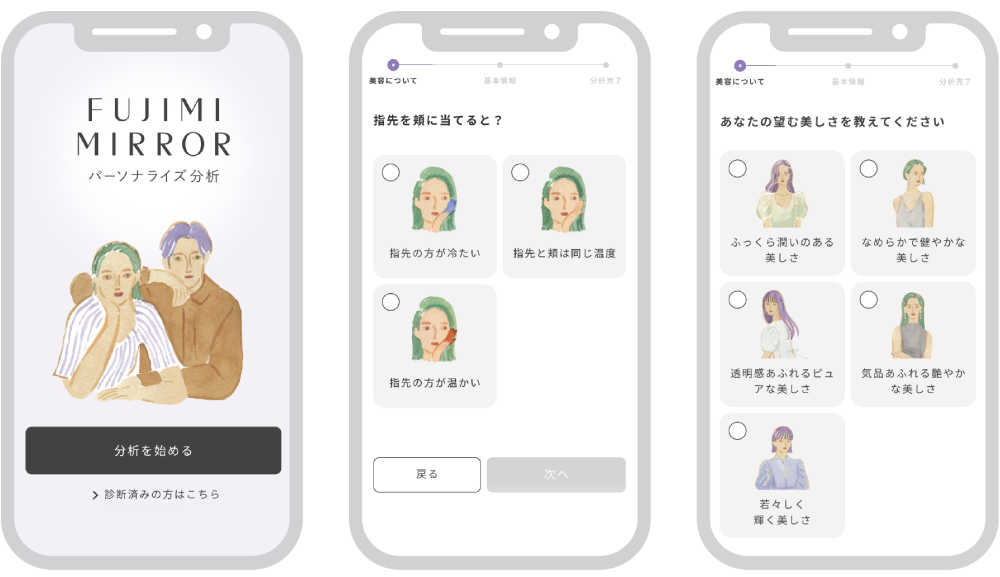
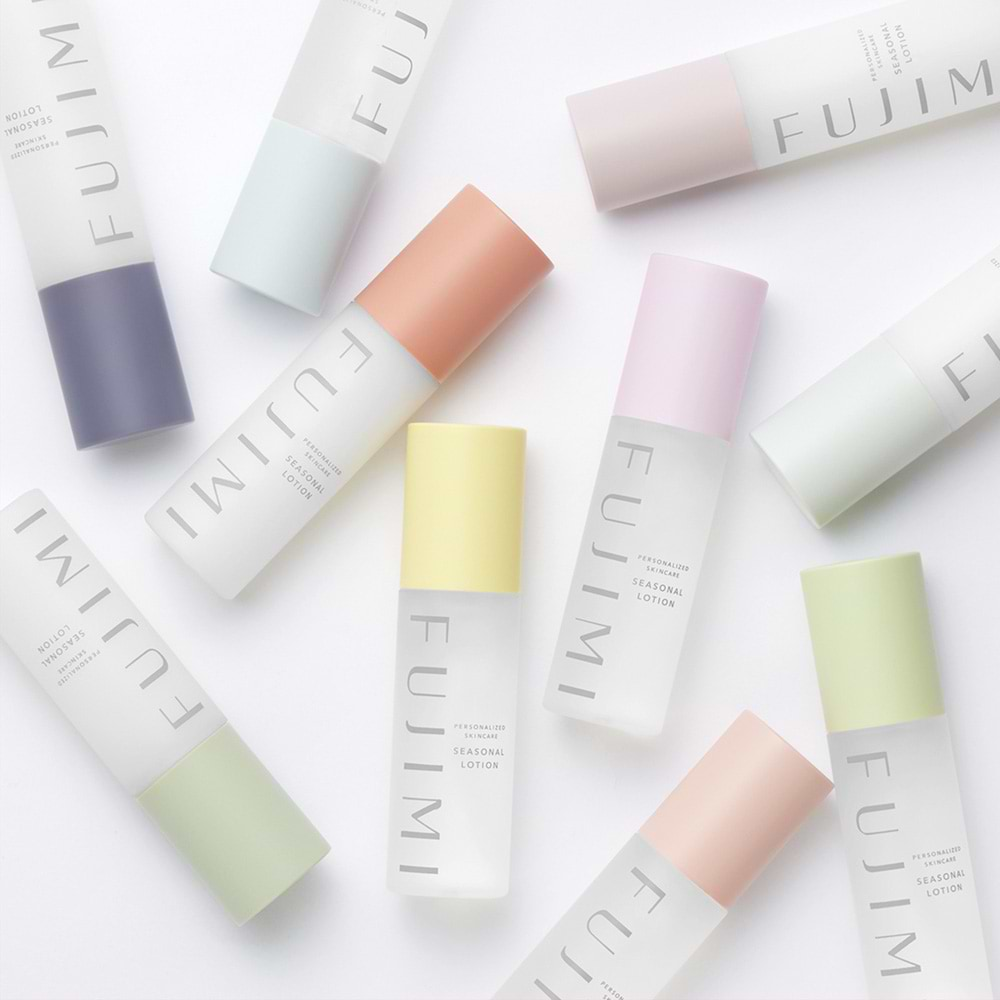
Ogura: It took nearly a year for us to create four keywords that define the worldview of the brand, as well as the brand guideline, the logo, the brand color, and key visuals.
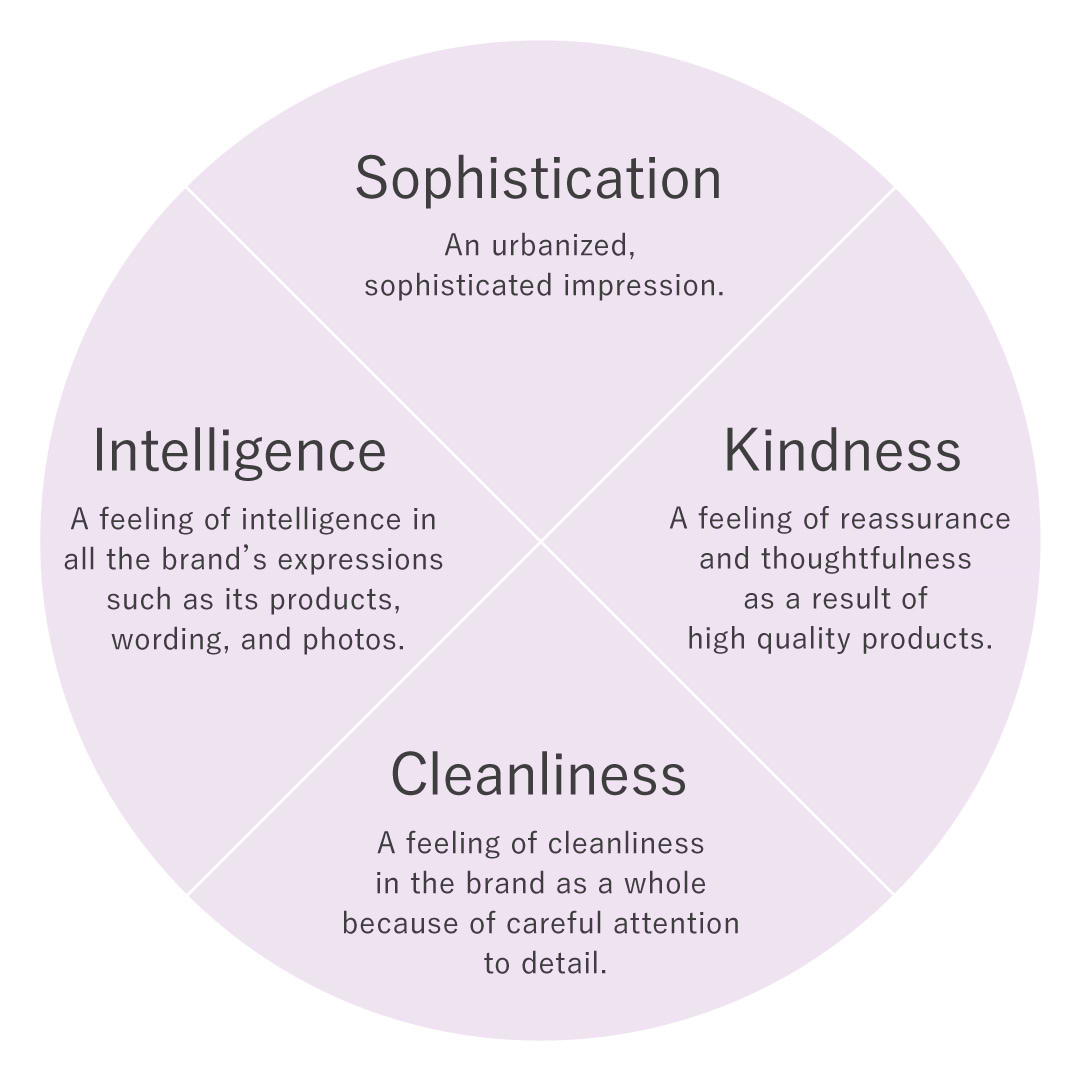
Yagi: What we emphasized in our discussions was visualizing the worldview of the FUJIMI brand that Ms. Hanabusa had in her mind. As she mentioned at the beginning, FUJIMI was born out of Ms. Hanabusa’s personal experience. Therefore, I presented her with many different options, rather than giving my own recommendations, trying to find the most appropriate one for the brand as Ms. Hanabusa imagined it.
The structure that enabled the brand concept to be reflected in products
Yagi: In branding projects in general, it is difficult to realize a strategy with creatives even if it is of high quality because those in charge of strategy and planning do not generate creatives themselves. In this project, I was a mediator between strategy and creatives, or concept and emotions, and thus I was able to successfully implement a consistent approach.
Ogura: Ms. Yagi joined the tricot team in tricot and worked together with us, which helped the team members gain a better grasp of the newly defined core and worldview of the brand. Any time someone had a question, they were able to ask Ms. Yagi directly, which aided understanding. Conversely, if we had outsourced the entire project to external companies, we would have only gotten the final product without understanding the process behind it.
Hanabusa: In such rebranding projects, it is important for the internal team members to understand the worldview well and make sure their output incorporates that worldview. For example, when we outsource creatives, the subsequent outputs generated by the internal members may not maintain the direction or quality, giving the impression of “one-off branding.” We experienced such cases and regretted it in the past, which is why we were happy to have each of the members understand the worldview well this time.
Yagi: Branding can be really effective if all members of the organization truly understand the worldview, communicate it, and incorporate it into products. That is why I’m happy to hear that Ms. Hanabusa feels this way.
Ogura: The members really broadened their perspectives after working under this structure for almost a year. Since designs and brands are very abstract, it is difficult to communicate and express them. The members sometimes have different points of view although they may believe they are in agreement with each other.
That is why Ms. Yagi used various materials to ensure everyone was on the same page. It was really helpful because normally, junior members have very few chances to learn by seeing such methodologies. This project has meant more than just rebranding for us.
Yagi: I’m glad to hear that. We have recently started hearing the term design management more often than before, but some companies may experience difficulties even if they employ an external art director. However, I am hopeful that this project has demonstrated there are many different approaches out there.
If you make effective use of design, your brand can rise to the next level. Apple and Starbucks are good examples of this. If art directors were to get involved across the board, they would be able to contribute more to client companies. I believe such an approach would “energize” these companies, and even Japan as a whole.
Hanabusa: For FUJIMI, we will strengthen the core message defined by the rebranding, “personalized beauty care brand,” to be even closer to consumers. Despite the increasing number of personalization-based products, we are still a unique all-around skincare brand. We would like to respect and value the core message to make FUJIMI into a truly one-of-a-kind brand.

